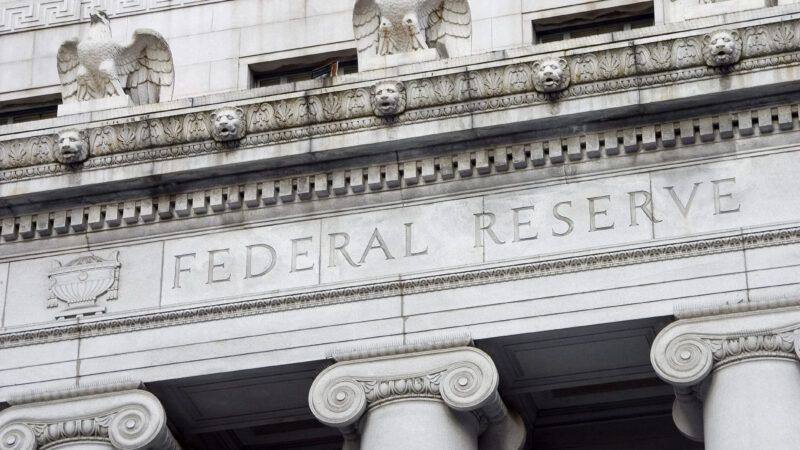
- Commodities
- Indices
Fed reaffirms rate cut hopes
Do you want to know how to make money from this?
Register for free and get expert advice, access to a training course and webinars.
Key points:
- The Dow Jones, S&P 500 and Nasdaq indices showed positive dynamics amid the Fed minutes.
- Investors expect the Federal Reserve to cut its key rate in September.
- Expectations of a rate cut are helping the stock market rise and the dollar weaken.
The US stock market demonstrated positive dynamics on Wednesday, ending the trading session in the green zone. Investors responded with cautious optimism to the published macroeconomic data indicating a slowdown in wage growth and the minutes of the last Fed meeting. The published information increased expectations regarding a possible reduction in the key rate in September.
In particular, the Dow Jones Industrial Average index rose by 55.52 points, the S&P 500 index added 23.73 points, and the Nasdaq Composite index rose by 102.05 points.
Fed officials say they are ready to cut rates
U.S. stock indexes ended the trading session with modest gains, with the tech-heavy Nasdaq showing more pronounced positive dynamics. The Dow Jones Industrial Average, which consists mainly of financial stocks, rose less significantly.
The published minutes of the Federal Open Market Committee’s July meeting show that Fed members kept their key interest rate unchanged. This decision was made before the release of lower-than-expected employment data for July, as well as a number of other economic indicators that indicate a slowdown in inflation and softening economic activity.
Despite this, the minutes show that participants were already leaning toward a rate cut at the next meeting, scheduled for September. The release also set the stage for the annual Jackson Hole Economic Symposium, where Fed Chairman Jerome Powell will deliver a keynote speech.
In economic news released that day, the Labor Department revised its employment data to overstate the number of jobs for the March 2023 to March 2024 period by 2.9 million. It was the largest downward revision since the global financial crisis and suggests that the softening in the labor market may be more pronounced than previously thought.
Dollar and oil fall
The global oil market has been demonstrating negative dynamics for the fifth day in a row, caused by uncertainty regarding demand. Asian stock indices responded to this situation by falling, and the US dollar continues to fluctuate near annual lows. The reason for this situation was the published minutes of the Federal Reserve meeting, indicating a high probability of interest rate cuts in the near future.
The price of Brent crude oil approached an annual minimum, having lost almost 6% in August. The main factors putting pressure on oil prices are weakening demand in China and expectations of a slowdown in economic growth in the US amid the upcoming reduction in interest rates.
Currency market participants believe that the process of monetary easing in the US will be longer compared to other major economies. This is due to the fact that the level of short-term interest rates in the US is higher, which has led to a decrease in government bond yields and a weakening of the dollar.
The American currency on Thursday traded at a level close to the lowest in more than a year against the euro and the pound sterling. The dollar index, which tracks the dynamics of the American currency against a basket of major currencies, was practically unchanged. On Wednesday, it fell below the 101 point mark for the first time since the beginning of the year.
Do you want to know
How to make money from the news
Register for free and get:
- Expert consultation;
- Access to the training course;
- Opportunity to participate in webinars

